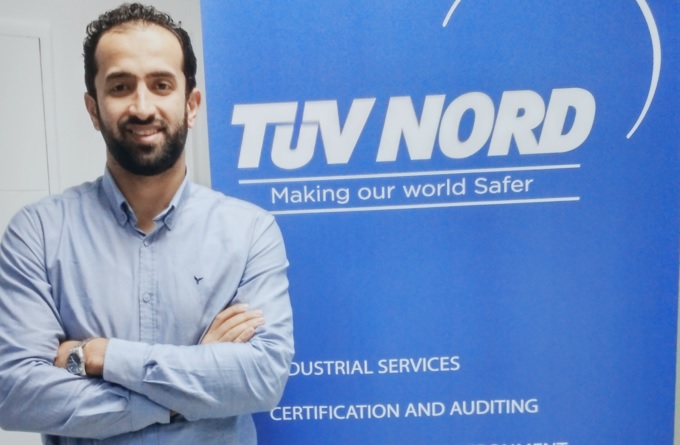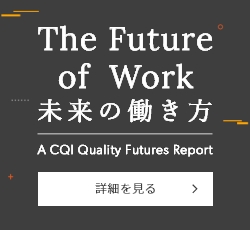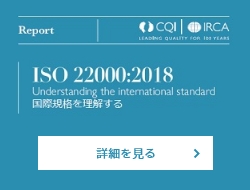安全衛生を主導する Being a leader in health and safety

TÜV Nord Middle East の testing and certification centre の講師であり、審査員であるMohamed Attia が事業の成功のためには安全衛生 (OH&S) の文化がいかに大切であるかを説明しています。(この記事は2020年5月11日にCQI のウェブサイト quality.org に掲載されました)
便宜的な訳となりますが、下記リンクより、quality.orgに掲載された元記事のGoogle翻訳による日本語翻訳の記事をお読みいただけます。
>>Google翻訳による日本語訳はこちらから
Mohamed Attia, Trainer and Auditor at testing and certification centre TÜV Nord Middle East, explains how a strong occupational health and safety (OH&S) culture is critical to business success.
Over the past century, improvement in the safe system of work (SSOW) and behavioural safety has helped organisations to reduce accident rates, while addressing occupational accidents and work-related diseases, which still represents a challenge to businesses worldwide. According to the International Labour Organization’s (ILO) report, Safety and Health at the Heart of the Future of Work: Building on 100 years of experience (April 2019), every year, globally 2.78 million workers die from occupational accidents and work-related diseases (of which 2.4 million are disease-related) while an additional 374 million staff will get injured. Building and improving the health and safety culture in organisations is key to overcoming this challenge.
The ISO 45001:2018 - Occupational health and safety management systems standard has added a new initiative for improving the occupational health and safety (OH&S) culture in organisations through the requirements in clause five: 'Leadership and Worker Participation'. This includes leaders commitments ofders to promote the OH&S culture, as well as the effective implementation of the processes for consultation and participation of their workforce.
Leadership and commitments
Effective leaders understand that promoting OH&S culture is not just a moral imperative, but also contributes to the achievement of business strategies and operational objectives. Excellence in health and safety leadership will help organisations and their staff to:
- Safely achieve a competitive advantage in their market/sector.
- Improve staff productivity.
- Retain their workforce.
- Manage operational, financial and compliance risks with minimal disruptions.
Clause 5.1 ‘Leadership and Commitments’ of ISO 45001:2018 demonstrates the leadership commitments for the effectiveness of OH&S management in clause 5.1 to prevent work-related injuries and ill health by engagement, support and protection of people as the most valuable asset of an organisation.
Engagement of people is the key to improving the health and safety culture, and can be achieved through the workers’ participation in developing and improving health and safety management systems and consultation of workers in the decision-making processes.
Consultation and participation
Participation and consultation are the main components of the OH&S culture development process. Selection of the appropriate methods for participation and consultation requires a clear understanding of the needs and expectations of the workers, as per the ISO 45001:2018 requirement in clause 4.2: ‘Understanding the needs and expectations of workers and other interested parties’. Effectiveness of the participation systems depends on the management commitments to protect the workers for reprisal or punishment for reporting hazards, risks and opportunities.
‘Consultation’ implies two-way communication so workers can provide feedback to their organisation about developments and new ideas to protect the health and safety of staff. Some consultation methods are required in local legislative schemes such as safety committee meetings, which can help businesses to address workers’ needs and expectations.
‘Participation’ implies the workers’ contribution in decision-making, using various methods such as a staff suggestion scheme, safety observation system and surveys. A suggestion scheme is a common method for handling suggestions, ideas and complaints from the employees, while a safety observation system is an encouraging method for the workers, contractors and visitors to identify any unsafe acts and conditions in the workplace; in addition to identifying hazards, risks and opportunities for business.
The workers’ in-depth understanding of operational related hazards, controls, and application of proposed changes are also valuable inputs for developing health and safety systems and improvement processes. This includes identifying hazards, risk management, and incident and emergency management.
Effective involvement of the workers through worker participation and consultation creates a culture of collaboration, trust, and support, ensuring the continual development of an organisation’s health and safety management system.
Managing health and safety during Covid-19
The business disruption and outbreak of Covid-19 has created a number of health and safety hazards and risks such as job insecurity, increases in work stress and restricted work conditions and practices. These are some of the main issues that organisations need to address and manage correctly to not only prevent the spread of infection, but also to provide support to their staff. This means putting peoples’ health as a top priority by getting workers involved in assessing the risks to business and developing their business continuity plans, strategies and solutions.
A positive health and safety culture based on mutual trust and shared perceptions, helps organisation to manage disruption impacts and risks of Covid-19 effectively and efficiently, and increases confidence in the efficacy of implementing the action plans.
Following the tips and guidance in this article will help organisations to improve health and safety leadership, which, in turn, will result in better business and operational performance through effective leadership and worker participation.












